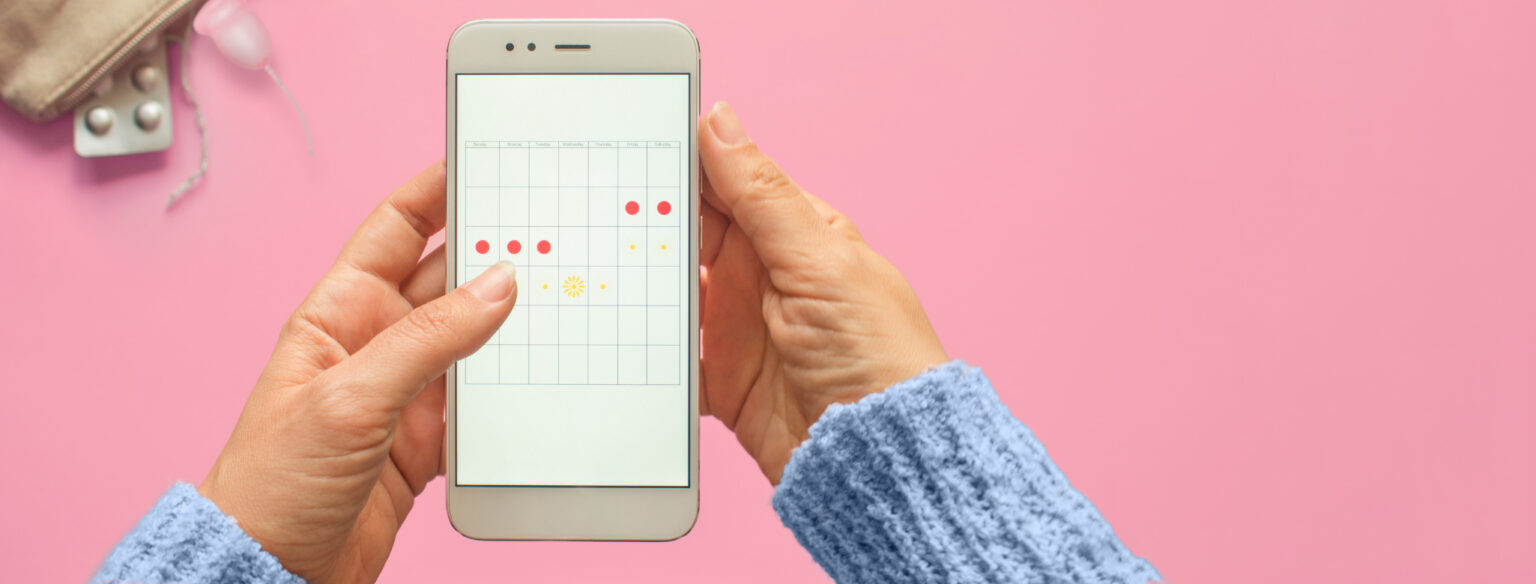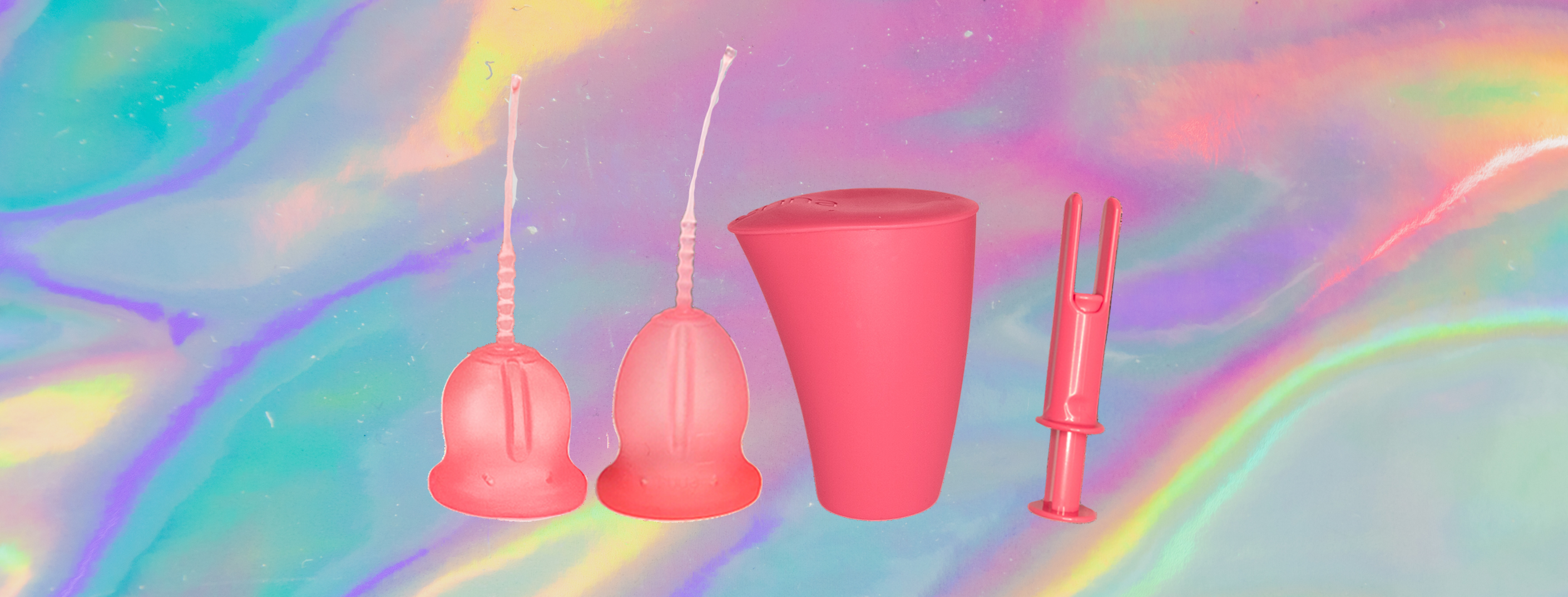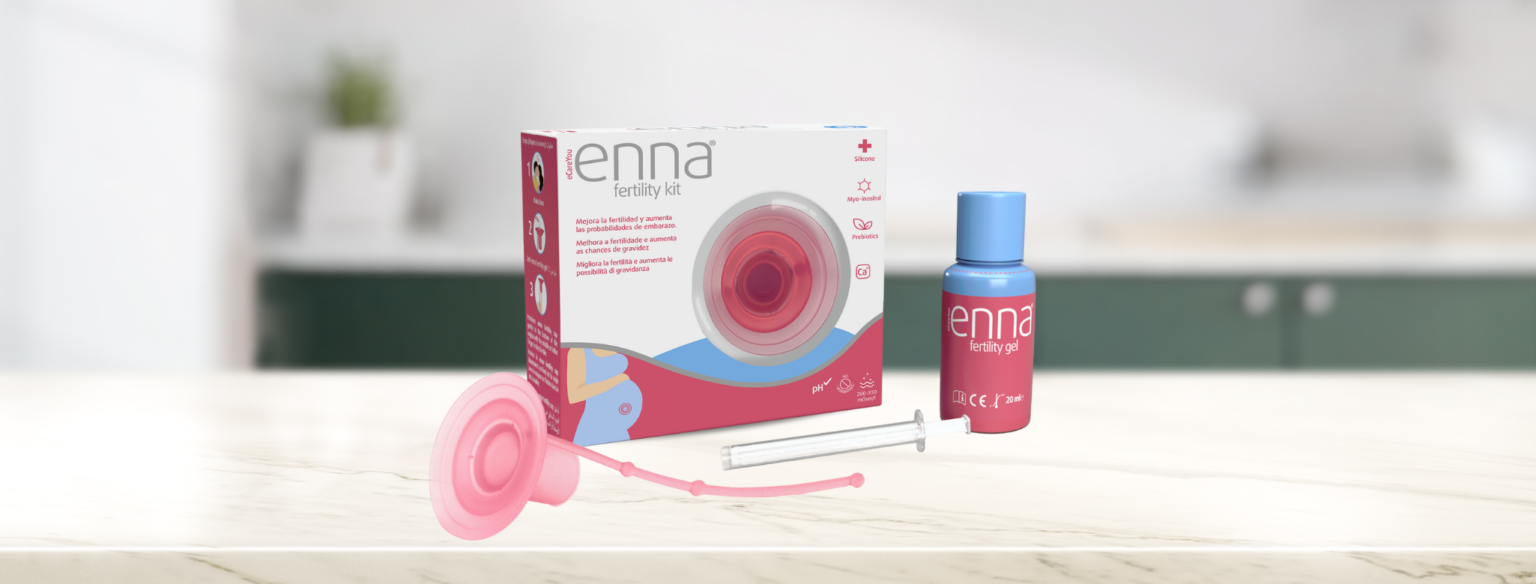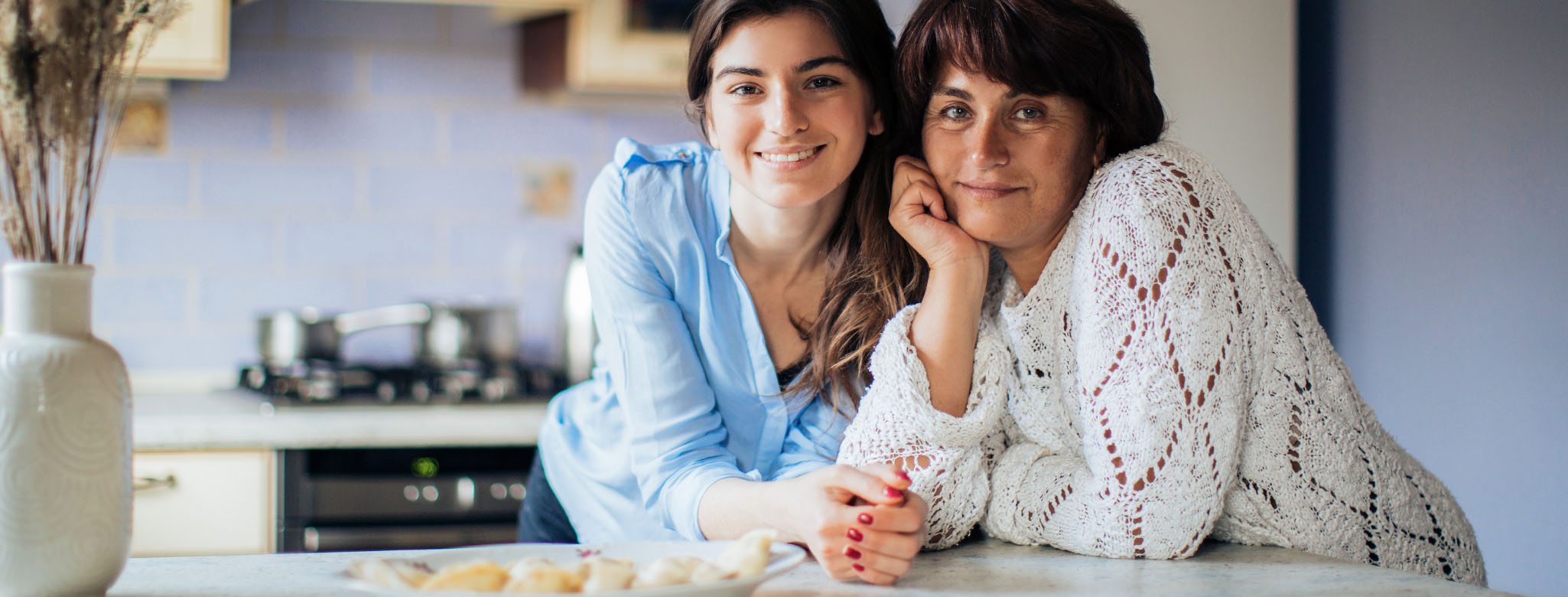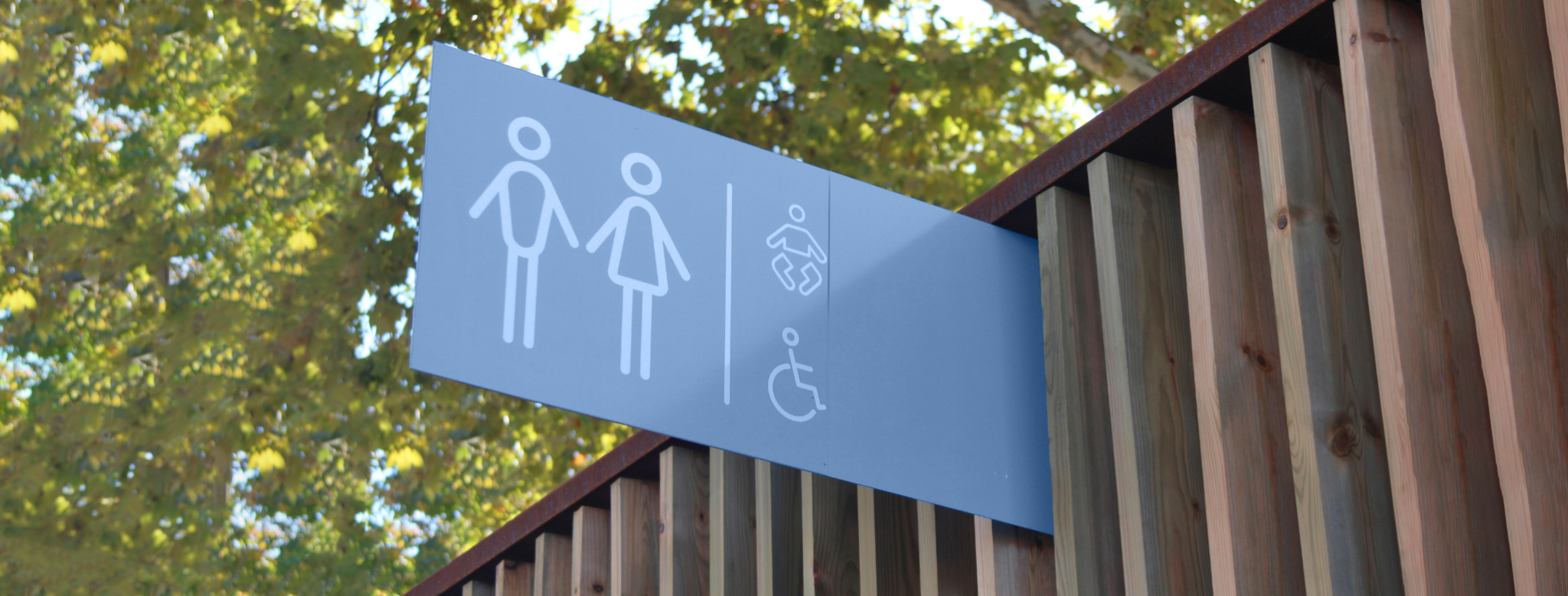There are 2 phases in the menstrual cycle: the follicular phase and luteal phase. Menstruation and ovulation are part of these processes, even though they are sometimes considered as separate phases. The time frame for each of these is different and what a woman’s body is doing here is preparing itself for pregnancy. If a woman doesn’t get pregnant, her period comes and the cycle starts again.
Knowing what happens to you in each phase will help you get to know yourself better, understand your moods or why your skin at times should be on an advert for moisturizing cream, and other times looks like you’ve got acne again.
What happens in the follicular phase?
In the follicular phase (preovulatory phase) the brain sends signals to the ovaries so they can get ready to release the unfertilised egg. When this happens, menstruation takes place, which is caused by shedding of the endometrial lining (liquid and nutrients intended for a possible embryo).
A menstrual period cup can be used for bleeding which lasts an average of 4 days and can last up to 7 days. After menstruation, more oestrogen is produced as the uterus starts to prepare for a possible pregnancy and the endometrial lining is formed again. The follicular phase tends to last around 13-14 days and when a woman is nearing menopause, this phase will gradually get shorter.
What happens during ovulation?
Ovulation takes place between the end of the follicular phase and the start of the luteal phase. A new egg is released around day 14 of a woman’s cycle. Just before this happens, oestrogen levels peak so the endometrium becomes thicker and retains sperm better. When ovulation ends, these levels go back down and this is when the luteal phase begins.
What happens in the luteal phase?
The luteal phase is also known as the premenstrual phase. The hormonal changes in this phase are connected with premenstrual symptoms: mood swings, headaches, acne, feeling bloated or having tender breasts. Between 9 and 10 days after ovulation, if the egg has not been fertilised, the endometrium starts to shed. This is when the levels of oestrogen and progesterone drop and your cycle begins once more, meaning you should sterilize your menstrual period cup again as you will get your period soon. You can find more information about cleaning your menstrual period cup here.
How long does one menstrual cycle really last?
As a general rule, the menstrual cycle is said to last 28 days, but it can go on for between 21 and 35 days. To know when you will start ovulating, you should subtract 14 days from the number of days of your cycle, and this will help you better calculate which phase you are in. For example, if you have a standard cycle of 28 days, you will start ovulating on day 14. If your cycle lasts 32 days, ovulation will start on day 18.
If you have irregular cycles, you will find it more complicated to calculate the days on which you are fertile. You may suffer from irregular cycles if you have polycystic ovaries, which give rise to anovulatory cycles. However, this may also be a result of you leading a rather unhealthy lifestyle (poor diet, lack of exercise, obesity) or having a way of life which is too demanding (stress, anxiety). Keeping your life in check and following a balanced diet will have a positive impact on your menstrual cycle.

